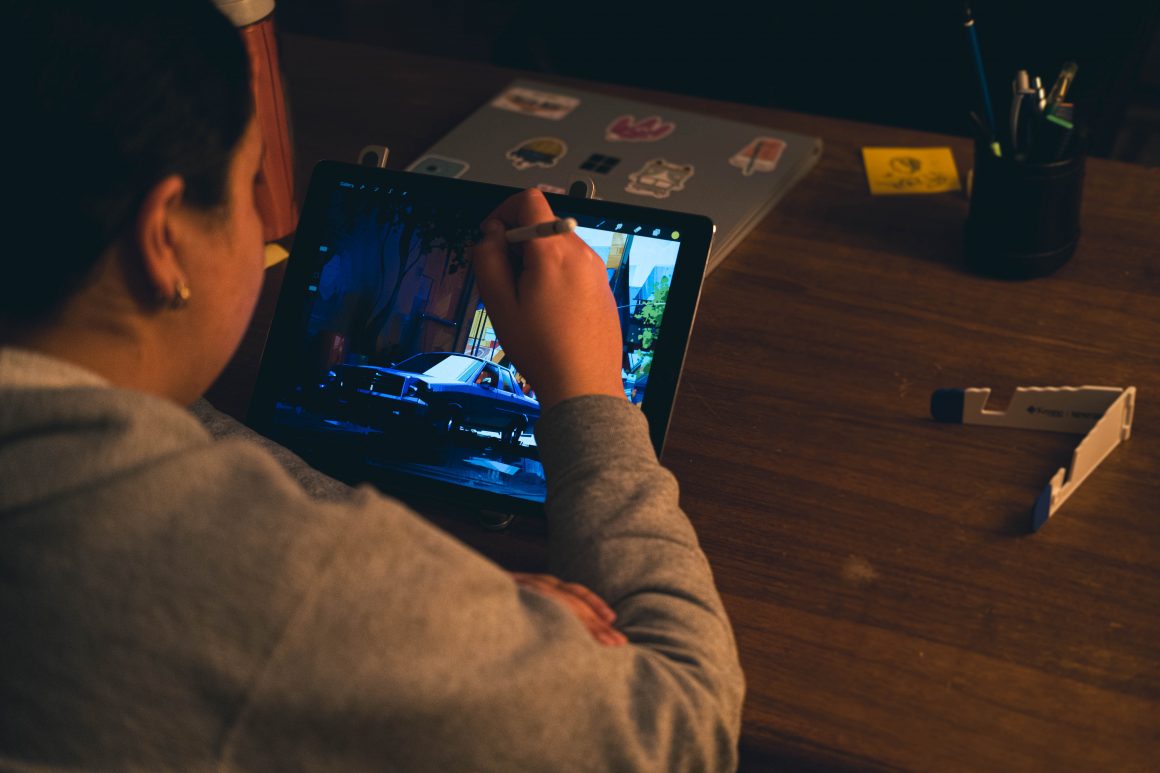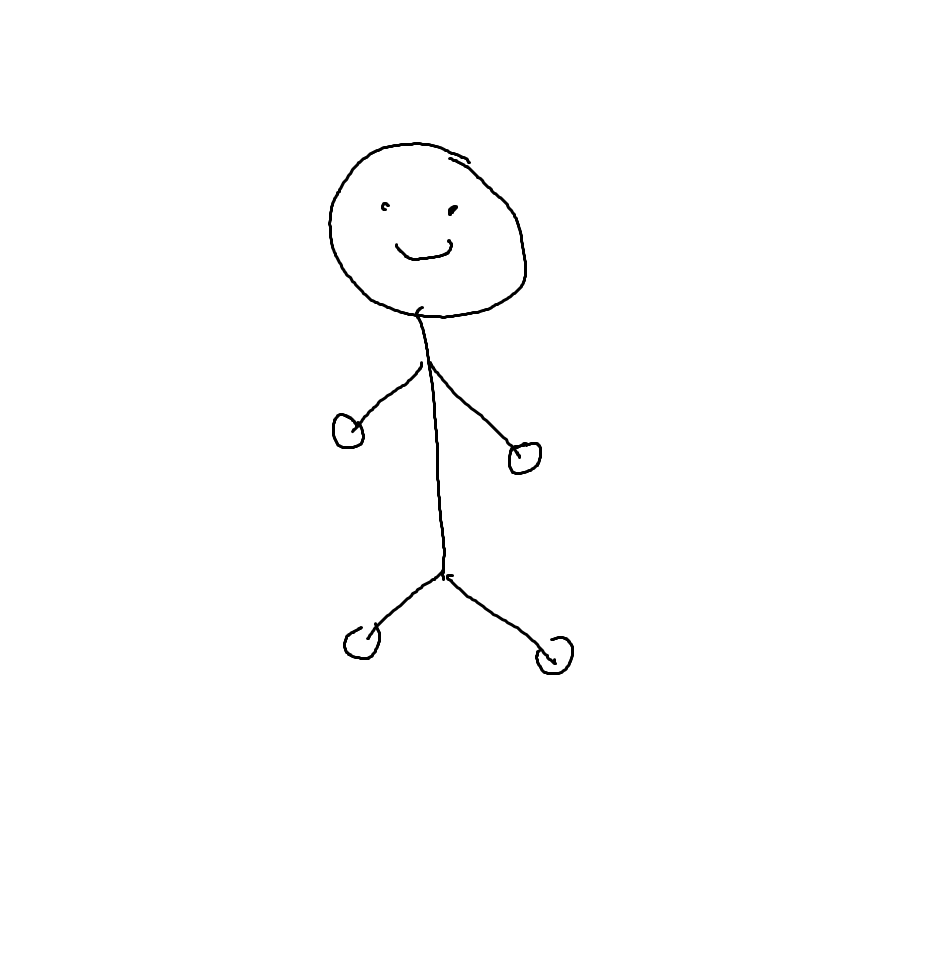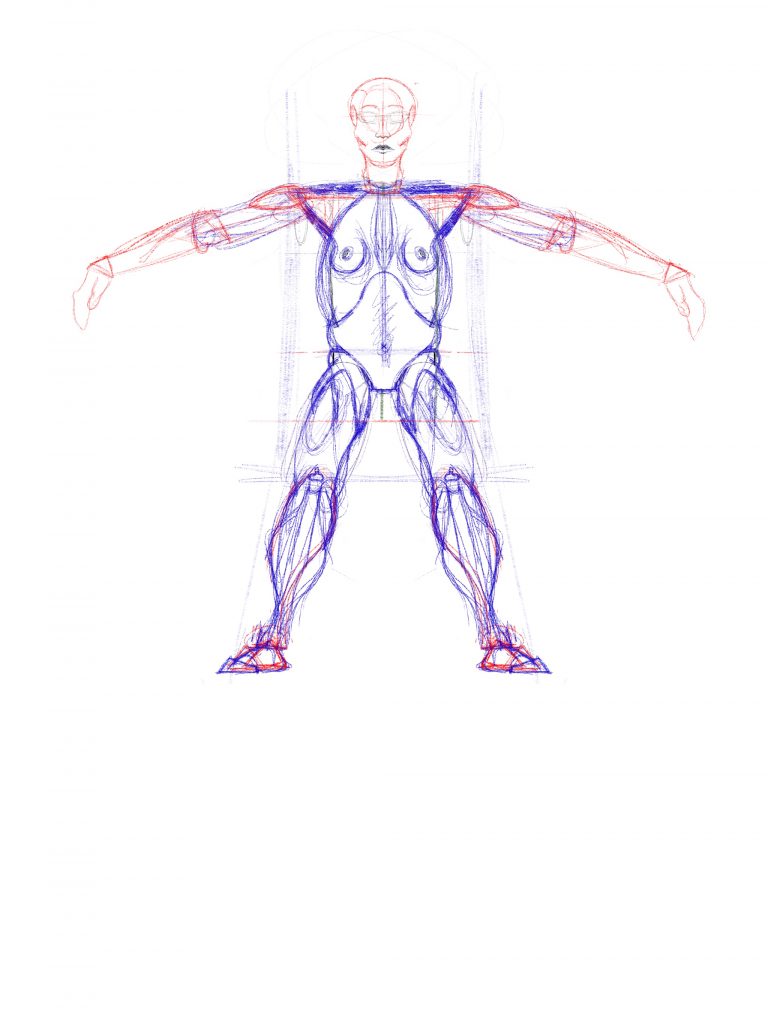
Art Challenge: An artist taught me how to draw in a week
By Yasmine Elsayed, April 21 2021—
I think it is fair to say that art is generally hard. It isn’t everyone’s cup of tea and it has a strong learning curve to it. This is exactly why I decided to do this challenge. As a photographer, I tend to stay within my comfort zone. I know more about cameras than anything else. You just ask anything related to the field and I will most definitely have an answer.
But, I have always wondered what it was like to know more about a different genre of the art world. This is why I decided to challenge myself.
I decided to reach out to Noureen Elsayed, an artist that is an expert in Figure Drawings. And, I asked if she could teach me how to do figure drawings in a week. She graciously accepted this challenge and this is how it went. For the actual artists out there who study art, you cannot learn how to do figure drawings in just a week — though, it’s not impossible. It takes practice, patience and the strength to remain standing for hours hunched over an artist’s stand. Therefore, I applaud every artist out there. All the power to you.
Figure drawings are drawings of the human form in many positions, postures and body shapes. The human body is quite complicated, so learning how to draw them takes a long time. I went from drawing a stick man to drawing a really weird, creepy-looking human body that had some of the features and anatomy that a body is supposed to.
Since anatomy is involved in figure drawings, learning how the skeleton — as well as the muscles — look in certain postures was essential to this whole project. You have to relate the figure drawing to reality, so drawing the correct posture had to resemble what an actual human being in real life would look like.
So that’s what we started with — construction lines and the skeleton. I had to map out where the arms, the nape of the neck, the sternum, the ribs and the pelvic bone would be. The upper abdominal portion was quite the challenge, mainly because I didn’t have the fluidity that an artist has when they have a pencil in their hands. Fun fact — I called my ‘construction lines and skeleton’ Boris.
So, Boris carried on to the legs, feet, arms, hands and face. All I had by day four were a bunch of squiggly lines. I may have just offended a lot of artists by saying this — sorry artists. Then, we began to lay out the fat pads. My squiggly lines began to look like a human. I’m not lying when I tell you that my mind was blown. Fat pads are pillows that protect your skeleton. Of course, there is a more technical definition of fat pads but, I’m providing you with what made sense to me. Fat pads are not muscles.
The distinction between fat pads and muscles is that a fat pad, on a diagram, is meant to look soft. They are the outlines or the contours of the body — also referred to as line art or the quality of the line. Muscles, on the other hand, are identified by circles with 3D grids on them to identify the muscle, usually found on the innards of the body — for example, the glutes, the abs or the biceps.
After adding the muscles and the fat pads, Boris began to look like a very creepy but handsome Boris. Depends on how you want to look at it. Of course, the result was not as good as someone that has been doing this for years. But, according to my teacher, if I kept practicing and if I was passionate about the genre, I would have gone places. So, it’s safe to say that I have potential.
In conclusion, in an actual art class, they most definitely do not teach you how to do figure drawings in a week. Also, classes are unbelievably expensive. So, this might have been a helpful guide in getting to know a different part of the visual arts. I wouldn’t recommend starting with figure drawings, though. Maybe start with perspective drawings — such as composition, framing and rule of thirds. Start with fundamentals and then if you would like to continue down that path, venture off into figure drawings. Pay close attention to fundamentals, everything is built around that.
Elsayed advised not to “start doing figure drawings digitally because it doesn’t give the free space that you need [to do figure drawings].” If you do decide to start, make sure you have a figure drawing artist handy, because that stuff isn’t easy.
Here are a few books that Elsayed recommends for you to check out. They were helpful when it came to this project. Also, you can check out Noureen Elsayed’s work here.
- Morpho: Anatomy for Artists by Michel Lauricello — (I used this book as a guide and I give it 5 out of 5 stars)
- Drawing Dynamic Hands by Burne Hogarth
- Drawing Manual by Vilppo
This is what I started with (not joking):

And here’s where I am now (mean glow-up, if you ask me):

